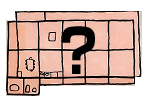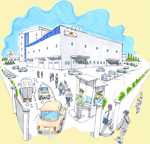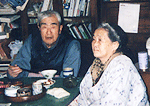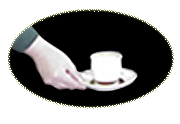Part 2. What You Need to Know to Grow

Introduction: But No One Thinks to Tell You!
You have now finished Part 1 and seen the kinds of problems that can happen, even to well-meaning people, when they cannot understand each other’s unsaid communication. But it is not enough to try to figure out what Peter did wrong in his homestay (for example, taking too many showers), and to act differently than he did. It is far more important to be able to notice and overcome the kinds of gaps that prevented Peter from learning to behave as an adult in his target culture. This goes for all the other newcomers too.
Part 2 provides the first step in moving from cultural childhood to cultural adulthood. It begins to unpack the things you will need to know, but that people will not think to tell you. We start with a set of distinctions that are fundamental to understanding situations in Japan: between what is made visible, and what is kept “behind the scenes”, as tatemae / honne. These are then linked to another, related set of distinctions: inside and outside, or uchi / soto. Simple translations of these terms do not suffice. They must be pieced together from seeing how these distinctions are communicated constantly, in a variety of contexts. We investigate these in body language, spoken language, emotional expression, and the organization of architectural space. These concepts are crucial in “reading” how people are relating to you, and grasping in turn how you need to relate to them. Newcomers, no matter where they are from, need to work at grasping these concepts, because you cannot easily intuit them.

5.2 Country House

5.3 City House

5.4 Where to put the Guests

5.5 Company Uchi/Soto Distinctions
6.1 From 'I' to 'Uchi'

6.2 Being Inside




















